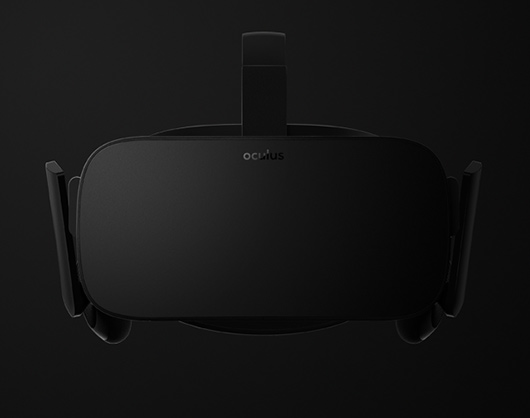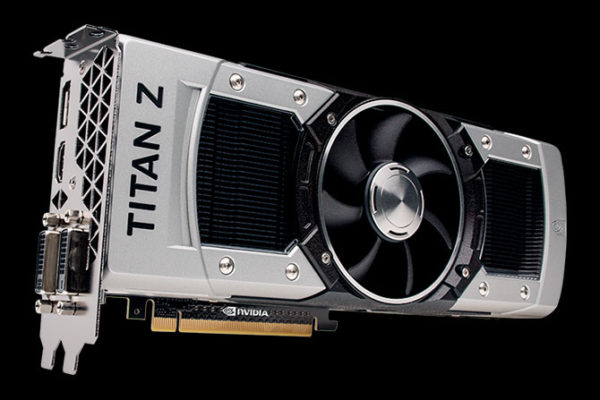Graphics Card Requirements for Oculus Rift Consumer Headset

(Updated with the addition of NVIDIA GeForce GTX 980 Ti.)
Oculus’ long-awaited VR headset, the Oculus Rift, has already been set a formal consumer launch date – it will hit the market in early 2016. Many VR fans can’t wait to get their hands (and faces) on the consumer Rift. Sure thing, the virtual reality experience on the Rift will be setting the benchmark for every other VR headset that will try to compete with it. And to get the full VR experience that the Rift is poised to do, some hardware requirements must be met. Oculus announced support for Windows PC hardware components that Rift fans must have or buy before getting the true Oculus Rift VR experience. Here’s a rundown of the necessary technical specifications your Windows PC must have to get the full Rift experience:
- NVIDIA GTX 970 or AMD 290 equivalent or greater
- Intel i5-4590 equivalent or greater
- 8GB+ of RAM
- Compatible HDMI 1.3 video output
- 2x USB 3.0 ports
- Windows 7 Service Pack 1 or newer
As you may notice, the graphics card takes a lot – if not all – of the responsibilities in delivering the optimal VR experience on the Rift. To help you out with what graphics cards to choose that are capable of doing the best VR experience on the Rift, here are some graphics cards to look for:
- NVIDIA GeForce GTX 970
- NVIDIA GeForce GTX 980
- NVIDIA GeForce GTX 980 Ti
- NVIDIA GeForce GTX TITAN Black
- NVIDIA GeForce GTX TITAN X
- NVIDIA GeForce GTX TITAN Z
- AMD Radeon R9 290
- AMD Radeon R9 290X
- AMD Radeon R9 295X2

These graphics processing units (GPUs) are made for the desktop, meaning your laptop may be able to support the Rift on a basic level, but probably will not be able to deliver the best experience. Based on the latest pricing information available, these graphics cards will set your wallet back about US$250 for the AMD Radeon R9 290 desktop GPU up to a whopping US$ 3,200 for the top-of-the-line NVIDIA GeForce GTX TITAN Z GPU. According to Oculus, a supported desktop rig must be equipped with a graphics card that is able to render 4K video (that is four times the resolution of a full 1080p HD video), at a frame rate of 90 frames per second.

There is still 8 to 10 months before the launch of the consumer Rift, and to know more about the upcoming graphics cards that NVIDIA and AMD will be launching on the market that will potentially be supporting the Oculus Rift. We will be constantly updating this article for the latest GPUs that will support the consumer Rift, so stay tuned for updates.
For more information on these graphics cards for the Oculus Rift, please visit the following websites:
http://www.geforce.com
http://www.amd.com/en-us/products/graphics
https://www.oculus.com/blog/the-rifts-recommended-spec-pc-sdk-0-6-released-and-mobile-vr-jam-voting/

